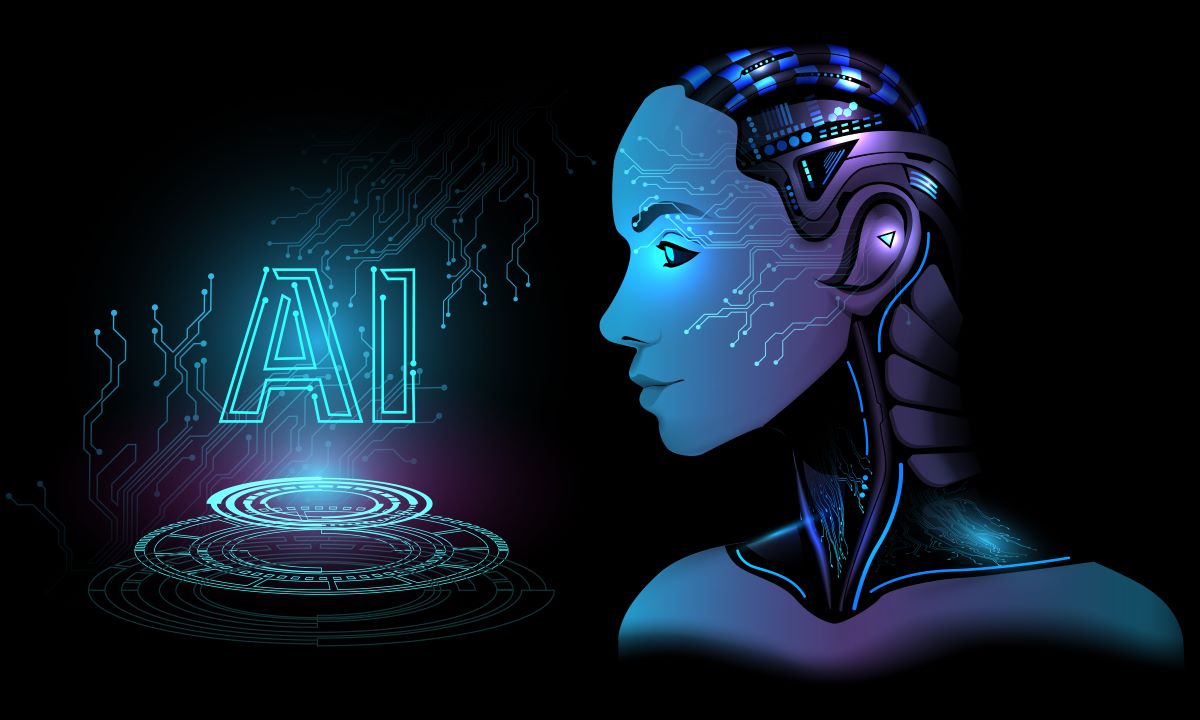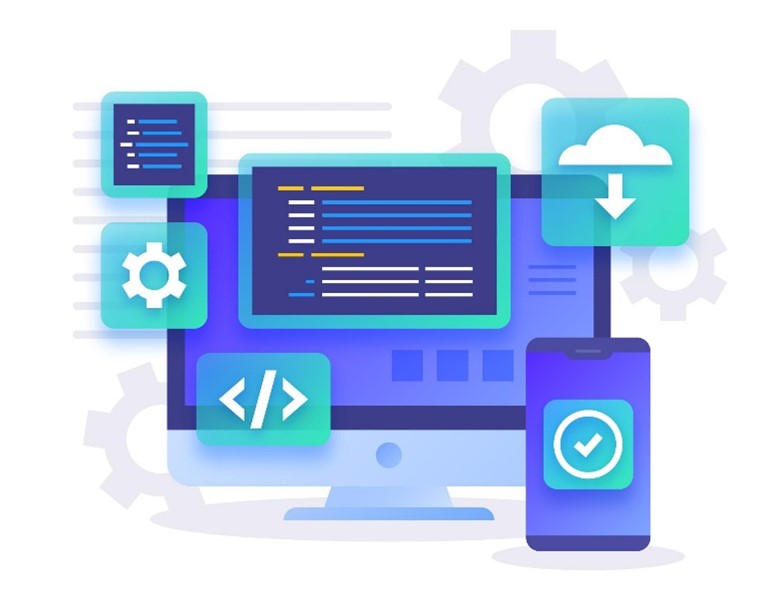The influence of artificial intelligence (AI) is inescapable in today’s world.
You’ve probably heard of ChatGPT and Bard, examples of prominent AI tools that are gaining widespread use and recognition. These tools are part of the groundbreaking field of Generative AI.
Generative AI represents a remarkable synergy between artificial intelligence and creative capabilities, serving as a technological breakthrough. What’s powerful is that it grants machines the capacity not only to automate tasks, but also to engage in ideation, creative production, and innovation – domains traditionally associated with human intellect.
Fundamentally, Generative AI operates through the fusion of extensive datasets, intricate algorithms, and sophisticated neural networks. These elements collaborate harmoniously, culminating in the creation of novel and exhilarating outputs.
With Generative AI, it can potentially transform a brand’s journey and steer it toward success.
This resource shows you how you can tap on Generative AI to boost your brand and bring it to new heights.
How to Use Generative AI for Brand Promotion and Success
Logo and Visual Identity Design
Generative AI can assist in creating logos, color schemes, and visual elements that reflect the brand’s identity. You can use it to generate multiple design options quickly, saving time and effort in the creative process.
Example
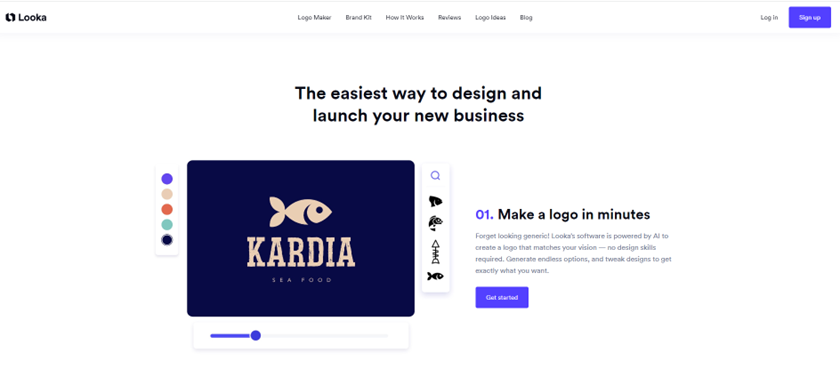
Application
Looka uses AI to generate logos based on user preferences.
Input your industry, style preferences, and color choices, and Looka generates custom logo designs within minutes.
It’s easy to use and simplifies the logo creation process for startups and small businesses.
You don’t need to create an account in order to start using Looka. It’s great for those who want to test out the features of the tool.
Content Generation
AI-powered tools can generate marketing content, including blog posts, social media updates, and product descriptions. This ensures a consistent and engaging brand voice across all platforms.
There are several tools that you can use such as OpenAI’s ChatGPT, ContentBot, SnazzyAI and Writesonic.
Example
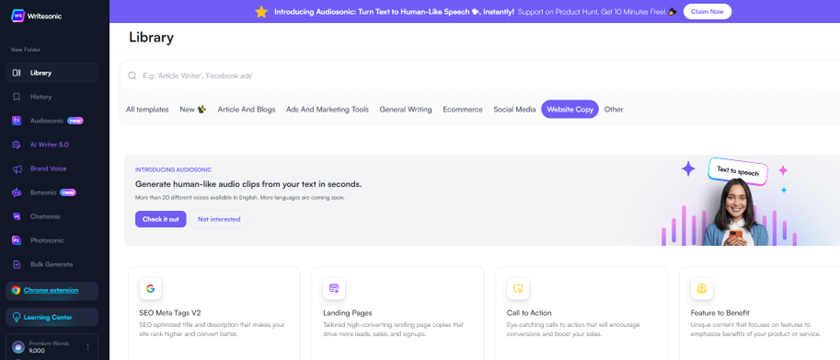
Application
One example of a content generation AI tool, Writesonic, has several content generation features to generate marketing copy, landing pages, writing SEO content, produce photos and so on.
One of the many benefits of using such tools besides saving time, is that they help with brainstorming ideas and enhance your content.
Who doesn’t love an AI that writes amazing headline copies or engaging sales pages for your marketing campaigns?
Personalisation
Personalisation in marketing is made possible with Generative AI.
It can analyse customer data to create personalised marketing messages and product recommendations. This enhances the customer experience and increases brand loyalty.
Example
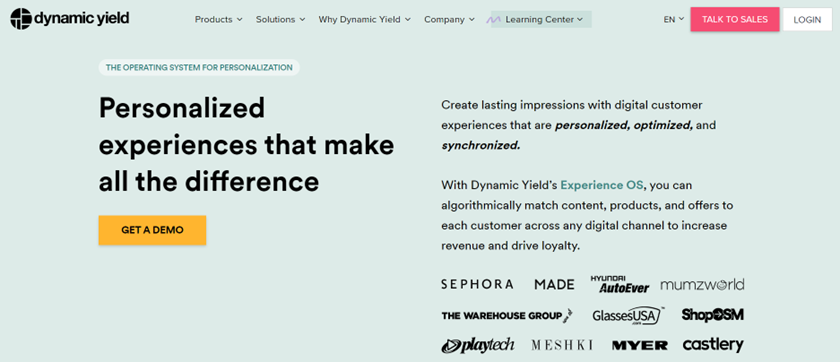
Application
Dynamic Yield uses AI to personalise content and recommendations on websites and mobile apps.
If a user has previously explored particular categories or items on a website or mobile app, Dynamic Yield’s AI-driven algorithms analyse this browsing history. Utilising this data, it can intelligently propose products that match the user’s interests and preferences.
Chatbots and Customer Support
AI chatbots can provide 24/7 customer support, answer common questions and resolve issues promptly.
AI chatbots are increasing in popularity as they improve customer satisfaction and free up human resources for more complex tasks.
Example Tool
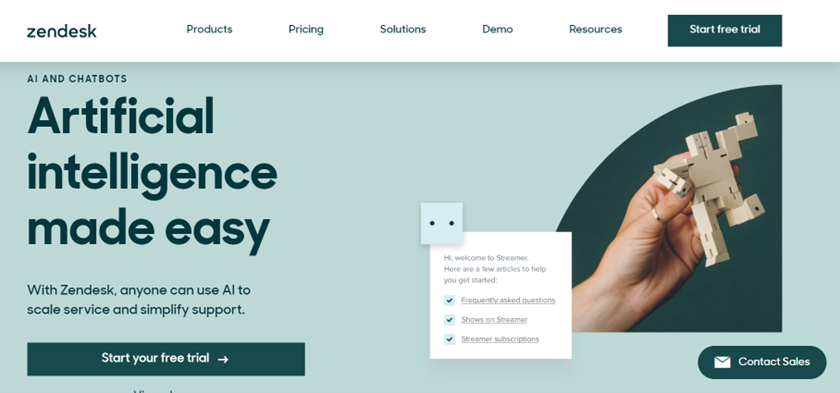
Application
Answer Bot uses natural language processing (NLP) to provide automated customer support. It can answer common customer queries, such as order tracking or return policies, improving response times and customer satisfaction.
Answer Bot works in tandem with humans by assisting support teams by handling routine queries, allowing human agents to focus on problem-solving issues.
Market Research and Analysis
AI can analyse vast amounts of data to identify market trends, consumer preferences, and competitor strategies. Brands can use this information to make data-driven decisions and stay ahead of the competition.
Example
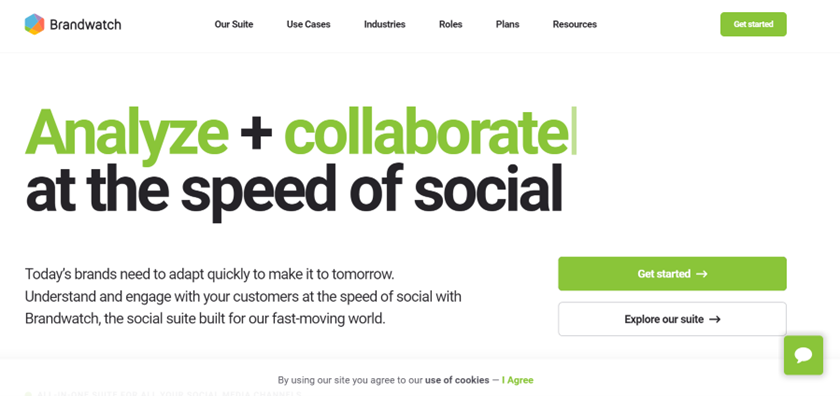
Application
Brandwatch utilises AI to analyse social media conversations, news articles, and other online sources. It helps brands understand market trends, consumer sentiment, and competitor strategies.
Video and Multimedia Production
AI can generate video content, animations, and interactive media for promotional purposes. This is especially useful for brands looking to create engaging content for social media and websites.
Example
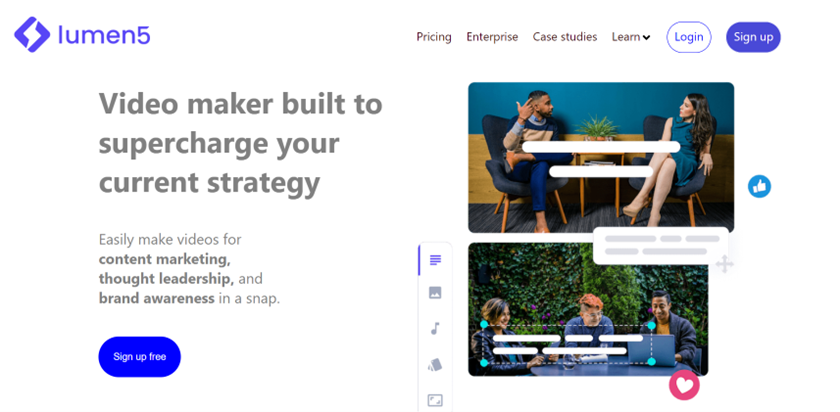
Application
Lumen5 uses AI to transform text-based content into engaging video presentations. Brands can use this tool to repurpose blog posts or articles into video format for social media or websites.
Product Design and Prototyping
Generative AI can assist in designing products by generating 3D models and prototypes. This accelerates the product development process and allows for rapid iteration.
Example
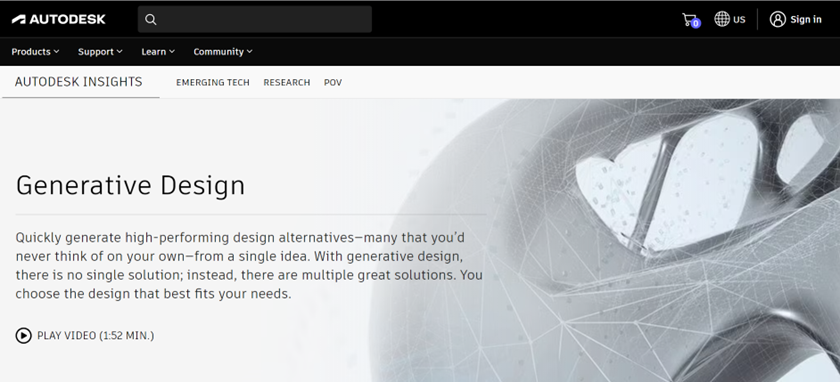
Application
Generative Design applies AI to create optimal product designs by considering factors like materials, weight, and manufacturing constraints. This accelerates the design and prototyping phase.
Social Media Management
AI tools can schedule and post content on social media platforms at optimal times, increasing reach and engagement. They can also analyse social media data to refine marketing strategies.
Example
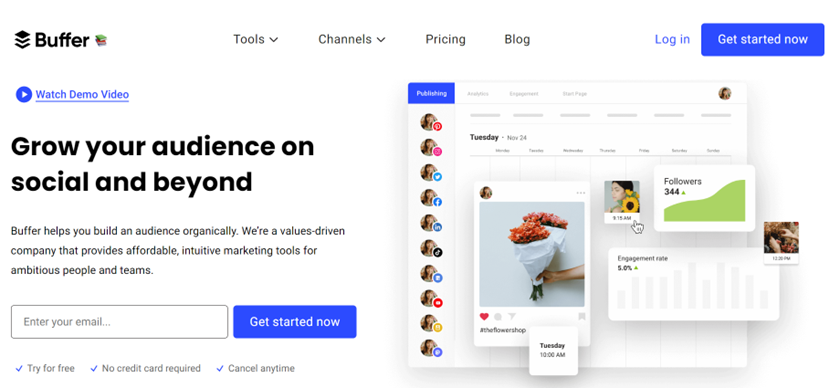
Application
Buffer provides AI-driven scheduling and analytics for social media posts. It suggests optimal posting times and measures engagement to refine social media strategies.
Email Marketing
AI can personalise email marketing campaigns based on user behavior and preferences. This results in higher open rates and conversion rates for email campaigns.
Example
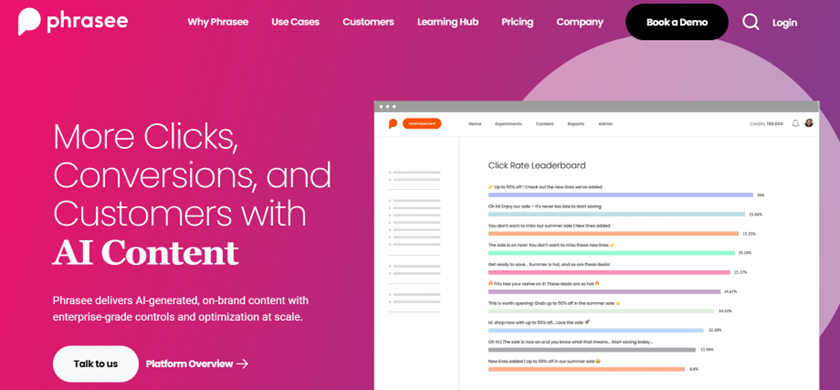
Application
Phrasee uses AI to optimise email subject lines and content for maximum open and click-through rates. It tailors email content to individual preferences for better engagement.
Predictive Analytics
AI algorithms can forecast sales trends and customer behavior, allowing brands to make informed decisions about inventory management, pricing, and marketing strategies.
Example
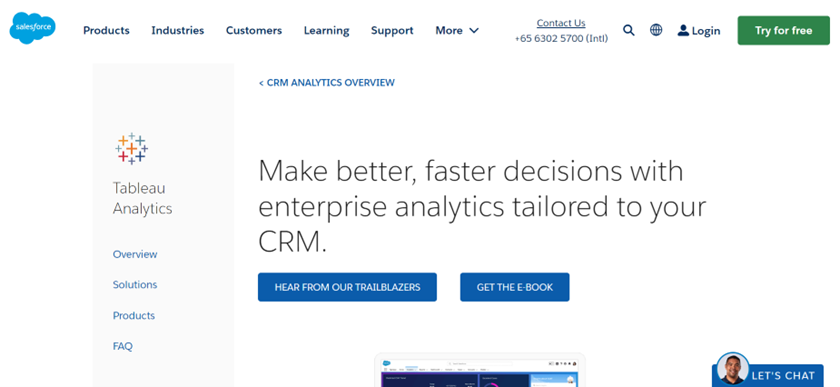
Application
Einstein Analytics predicts sales trends and customer behavior. Brands can use it to make data-driven decisions, set pricing strategies, and manage inventory efficiently.
Content Curation
AI-driven content curation tools can help brands find and share relevant industry news and content, positioning them as authoritative voices in their field.
Example
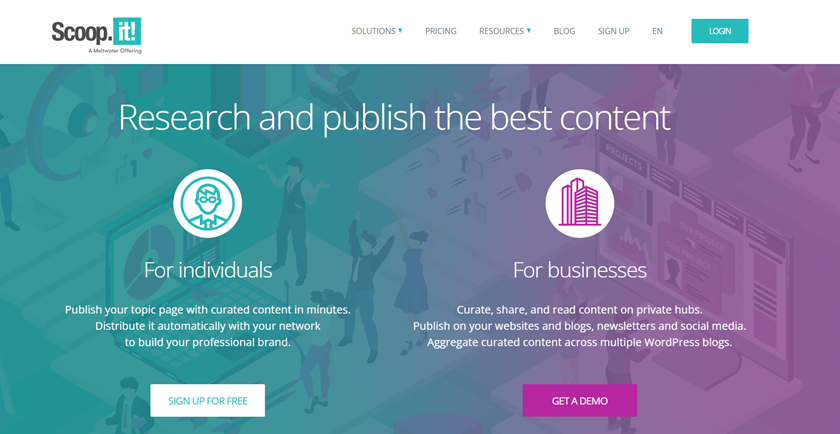
Application
Scoop.it uses AI to curate content from the web based on predefined topics. Brands can share relevant industry news and articles, positioning themselves as experts in their field.
Language Translation
For brands operating in multiple countries or targeting diverse audiences, AI-powered translation tools can ensure accurate and consistent communication across languages.
Example
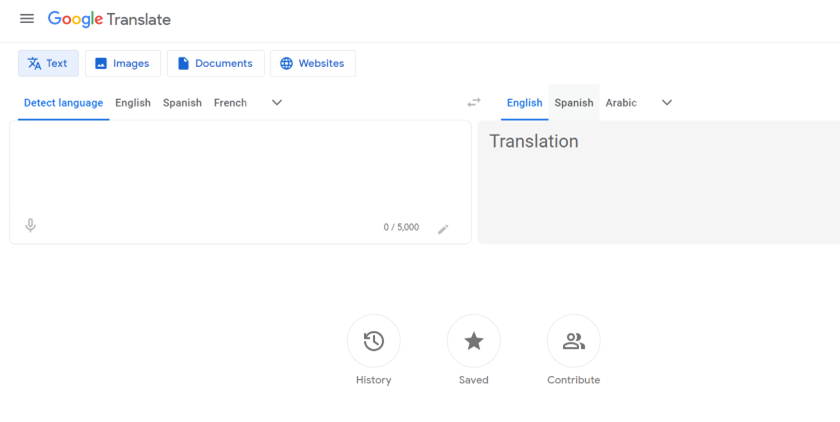
Application
Google Translate employs AI to translate text between languages accurately. Brands can use it to localise content for global audiences.
Legal and Compliance Assistance
AI can assist with legal and compliance matters by analysing contracts, privacy policies, and other documents to ensure they meet regulatory requirements.
Example
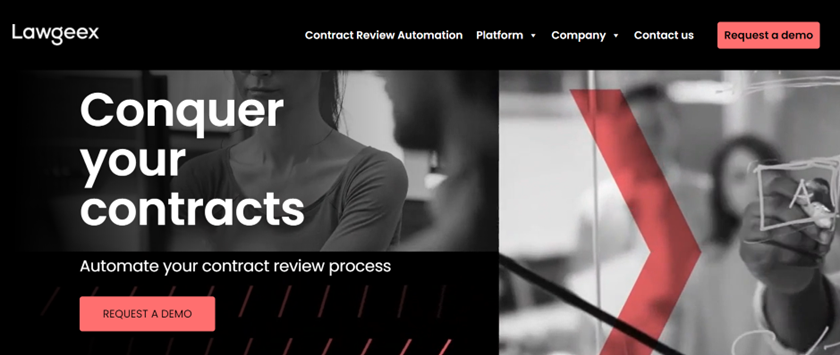
Application
LawGeex uses AI to review contracts and legal documents, ensuring they comply with regulations and flagging potential issues.
Brand Monitoring and Reputation Management
AI can track online mentions and sentiment about the brand, helping businesses proactively manage their online reputation and respond to customer feedback.
Example Tool
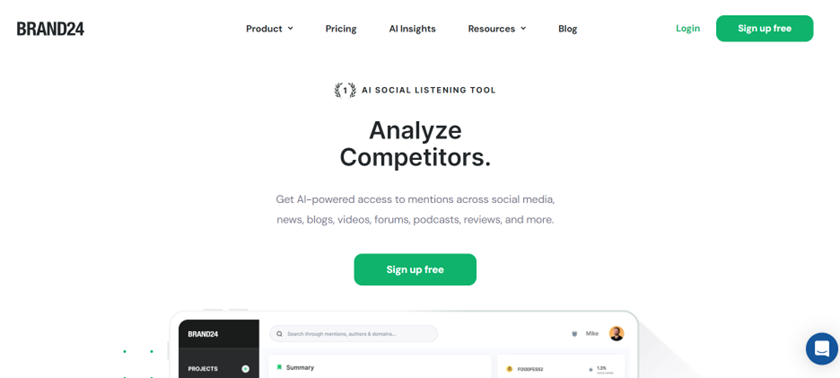
Application
Brand24 tracks mentions of a brand across the internet and social media, analysing sentiment and providing insights for brand reputation management.
Virtual Reality (VR) and Augmented Reality (AR)
Brands can leverage AI to create immersive VR and AR experiences for customers, enhancing their engagement and brand experience.
Example Tool
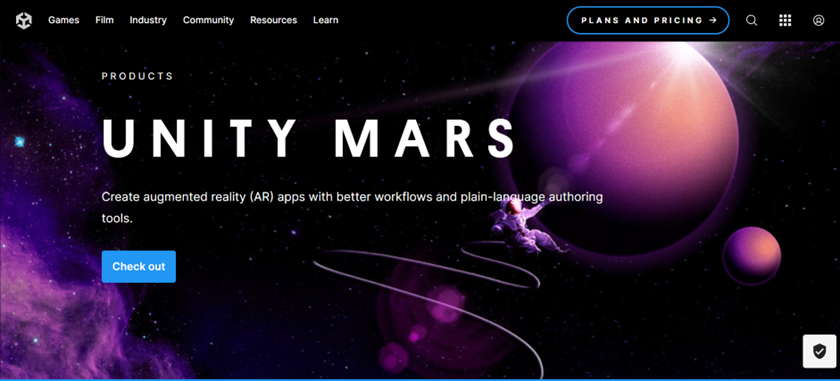
Application
Unity MARS allows brands to create AR and VR experiences with AI-driven environmental understanding. This enables immersive product demonstrations or interactive marketing campaigns.
Conclusion
As you can see from the above lists, Generative AI serves many functions and can be used to market a brand successfully. Try out and see which works the best for your brand, keeping in mind that one tool may work better than the other. The trick is to get out there and start exploring what works best for your product or service!

